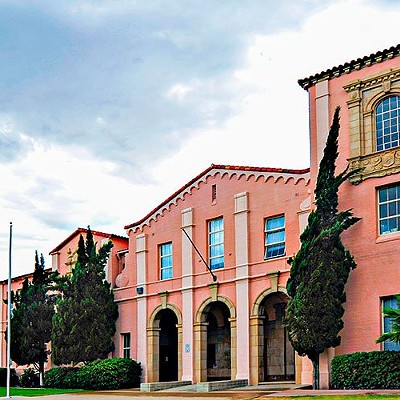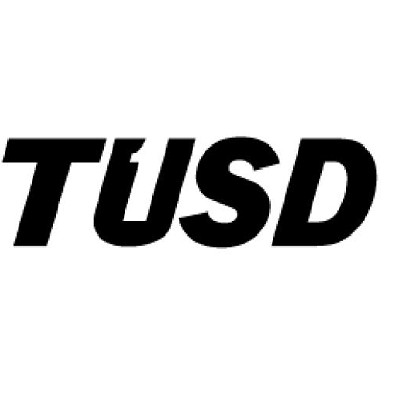Enrollment in the Tucson Unified School District is down by more than 7,300 students—or 12 percent—since 2005, when the district educated about 60,000 students. Even worse for TUSD, the district is facing future enrollment decreases as well.
Thus, as students return to classrooms next week, TUSD officials are soon expected to take a detailed look at the impacts of these ongoing enrollment loses.
District planner Bryant Nodine says the steep enrollment declines are due to a combination of factors.
"They've been steepest since the economy went bad," Nodine says about the period after 2007, "and immigration reform (was approved). Those have really had an impact."
Nodine points to one elementary school whose attendance area, he estimates, has almost a 20 percent housing-vacancy rate. As a result, that school lost almost 130 students, or 14 percent of its former total, between 2007 and last year.
Former school board member Bruce Burke agrees that the Great Recession has had a big impact on the district. "Since the economy went south, families have been leaving town."
That conclusion is backed up by information from the Eller College of Management at the UA. It shows population figures for the Tucson metropolitan area peaking in 2008 and then declining. Those numbers are not projected to rise again for a few more years.
Since 2006, the total number of public-school students in Pima County has leveled off around 152,000, according to the Arizona Department of Education. The percentage of those students attending charter schools, however, has increased significantly in the last decade.
In October 2002, there were just more than 10,000 charter school students in Pima County. By 2009, the latest year for which figures are available, that number had doubled. As a result, charter-school students now constitute around 13 percent of public-school enrollment in the county, and they are having a growing impact on traditional school districts.
"Why should parents send their children to a TUSD school and not a charter, since some (charters) perform better?" asks Armand Salese, a past candidate for the TUSD board.
Salese cites well-publicized district problems, such as the dispute over the ethnic-studies program and a recent fine by the state because TUSD didn't provide enough instructional hours for some students. "It's a sad commentary on the district's ability to manage affairs," he says.
Whatever the causes are of the ongoing drop in TUSD enrollment, district officials project that the slide will continue for years to come. These forecasts show the number of students falling from the current 52,000 or so to about 44,000 by the end of the decade.
That figure is in the middle of the high and low enrollment projections for TUSD that are based on the issuance of residential building permits within the district. If the housing industry rebounds, TUSD officials estimate that the district could have close to 48,000 students by 2020. But if things continue to economically deteriorate, that number may drop below 40,000.
With the district already having closed nine schools, what will the loss of between 4,000 and 12,000 more students mean to TUSD?
Nodine says that within a few months, the school board should be presented with a proposal to have a consultant study prepared on the impacts of future enrollment declines. This study, Nodine says, would follow up on a district strategic plan that was finalized in March. "That was geared to the start of the 2011 school year," Nodine explains about the recent report.
Based on the district's continual loss of enrollment, the next study could have serious ramifications for TUSD. Additional school closures are certain to be one option considered.
Nodine says of the upcoming analysis: "It would take a more-comprehensive, long-term look at (district) facilities in the future." He thinks it will be a three- to five-year plan that should be completed by May 2012.
Former school board member Alex Rodriguez thinks the enrollment declines will continue "until a substantial increase in credibility in the eyes of Tucson families is made."
How can that happen? "The district needs to continue to improve the quality of instruction in every classroom," he responds, "and prove that to parents."
Despite that hurdle, Rodriguez says he sees some positives for the district. "I'm highly encouraged that John Pedicone is at the helm today," Rodriguez says about the district's superintendent.
On the other hand, Miguel Ortega's outlook has become more pessimistic since he unsuccessfully ran for the school board last November.
"When I was running," Ortega says, "I felt optimism that we'd find ways to turn things around. But I've become more cynical and realistic," he says about the intervening months.
"I wish I could be more upbeat," Ortega continues. "Our political and business leaders should reach out to the district and recognize what is going on with TUSD. They should advocate for the kids.
"These are scary times," Ortega suggests. "But I have faith in our young people that they won't put up with (what's going on). That's the only thing that's hopeful, because the path (the district) is on is not sustainable."












